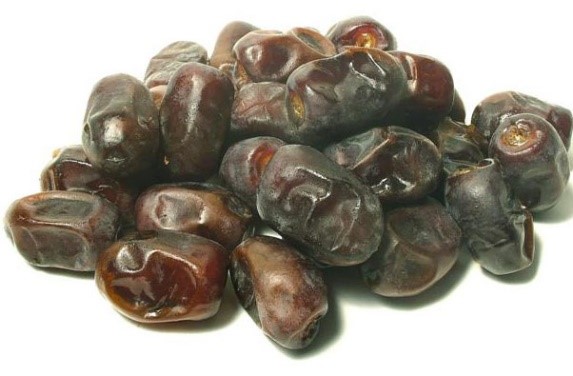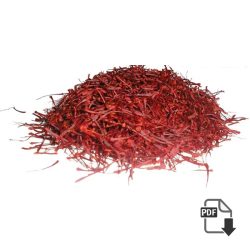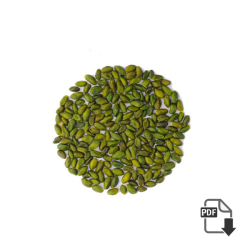A Guide to Successful Entry
Exporting dried barberry to Dubai presents a lucrative opportunity for businesses as the demand for natural, healthy foods continues to grow in the region. With its rich flavor and numerous health benefits, dried barberry is becoming a sought-after product in Dubai’s food market. This guide outlines the steps to successfully export dried barberry to Dubai.
How to Export Dried Barberry to Dubai
Dubai’s market for superfoods and health-focused products is booming, and dried barberry, known for its high nutritional value, fits well within this trend. Exporting to Dubai requires understanding market demand, compliance with regulations, and proper logistics.
Market Demand for Dried Barberry in Dubai
Dubai, with its vibrant food culture and health-conscious consumers, offers a strong market for dried fruits, including dried barberry. As an ingredient in Middle Eastern cuisine and a popular addition to health foods, dried barberry is in demand for both culinary and medicinal purposes.
Competitive Advantage: Highlight the health benefits of dried barberry, such as its high vitamin C content and antioxidant properties. In Dubai, premium and organic products are especially valued. Consider emphasizing organic certifications and pesticide-free claims to appeal to health-conscious buyers.
Compliance with Export and Import Regulations
To export dried barberry to Dubai, it’s essential to meet both your country’s export requirements and the United Arab Emirates’ (UAE) import regulations. The UAE has strict food safety and quality standards that all imports must meet.
Key Documents for Exporting Dried Barberry to Dubai:
- Commercial Invoice
- Packing List
- Certificate of Origin
- Phytosanitary Certificate (ensuring the product is free from pests)
- Health Certificate (verifying compliance with UAE food safety standards)
- Bill of Lading
Proper documentation is critical for ensuring a smooth customs clearance process in Dubai. Additionally, products imported into the UAE must have clear labeling, including ingredients, expiration dates, and nutritional information in Arabic and English.
Tariffs, Duties, and Taxes on Dried Barberry in Dubai
Understanding Dubai’s import duties, tariffs, and VAT (Value Added Tax) is vital for pricing your dried barberry competitively. As of 2018, the UAE implemented a 5% VAT on most imported goods, including food products. It’s important to factor these costs into your overall pricing strategy to remain profitable.
Also, explore whether your country has a trade agreement with the UAE that could reduce or eliminate import duties on dried barberry, making your product more competitive.
Logistics and Shipping Dried Barberry to Dubai
Shipping dried barberry to Dubai requires careful planning, particularly in terms of packaging and logistics. Air and sea freight are the two main options, with air being faster but more expensive, and sea freight being more cost-effective for larger shipments.
Logistics Considerations:
- Packaging: Use moisture-resistant, airtight packaging to preserve the freshness and quality of the dried barberry during transit.
- Incoterms: Clearly define Incoterms with your Dubai buyer to outline who is responsible for shipping, insurance, and other logistics costs.
- Freight Forwarder: Work with a trusted freight forwarder who has experience in shipping food products to the UAE to ensure that your goods arrive safely and on time.
Iran Barberry supplier & wholesaler
Purchasing shipping insurance is also recommended to cover any potential damage or loss during transport.
Building Business Relationships in Dubai
To succeed in the Dubai market, developing strong partnerships with local importers and distributors is key. They can help you navigate local regulations, introduce your product to the right buyers, and provide insights into market trends.
Secure Payment Terms: Negotiate secure payment methods, such as Letters of Credit (LC), to mitigate financial risks. Additionally, monitor currency fluctuations between your currency and UAE dirham (AED) to ensure stable pricing and profit margins.

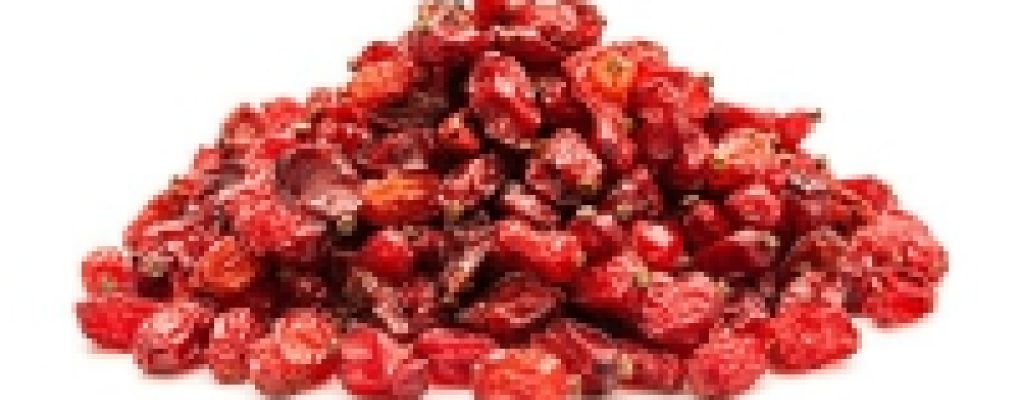
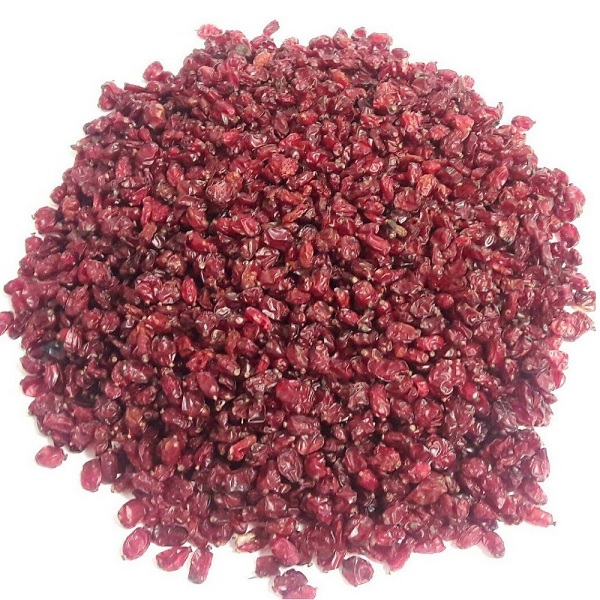
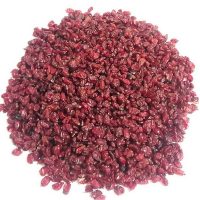
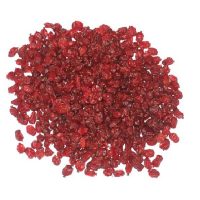
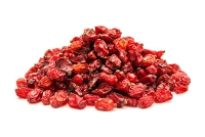

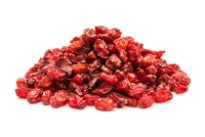
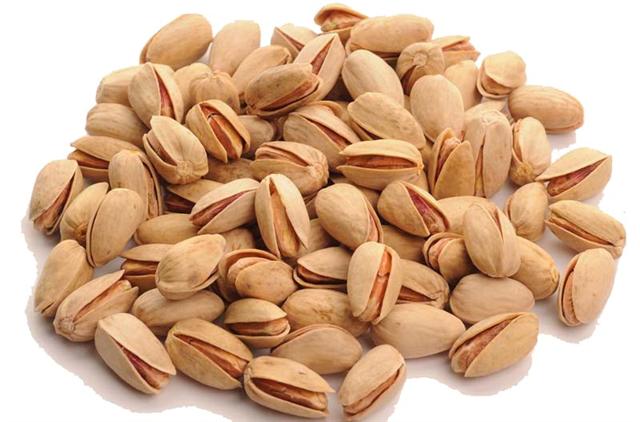
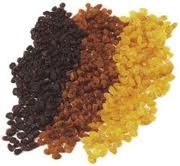 3 kind raisin
3 kind raisin 